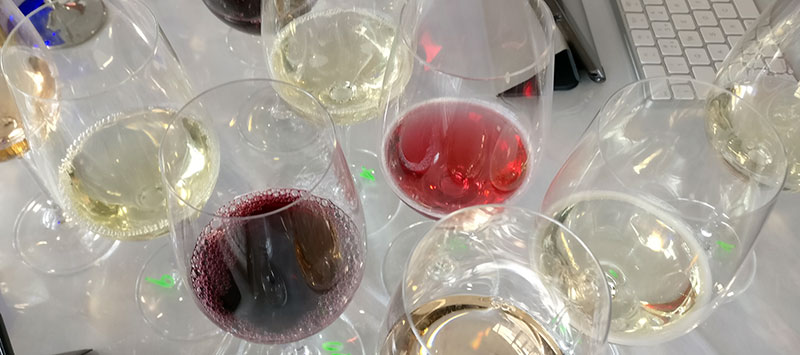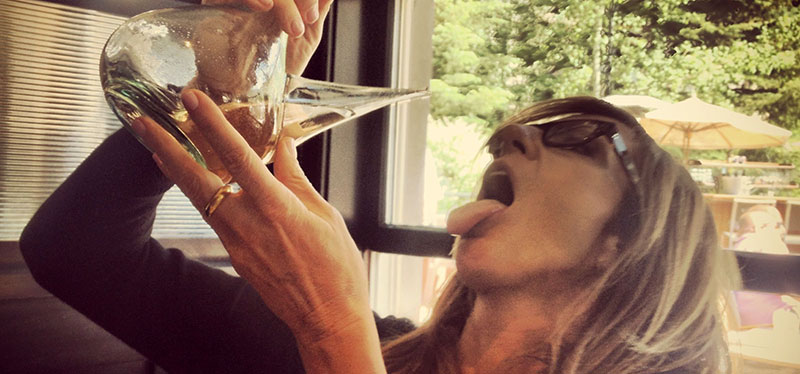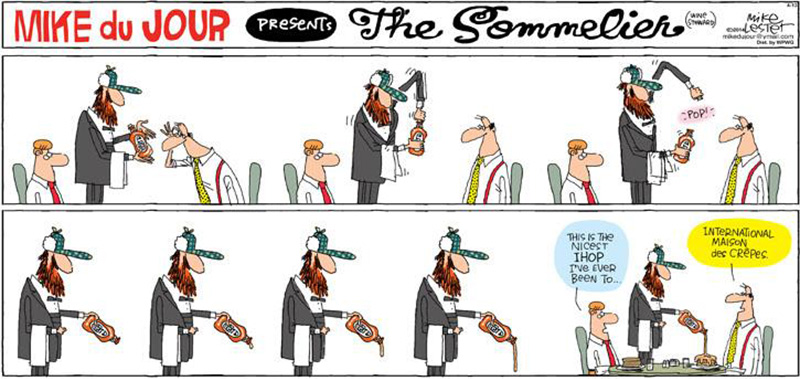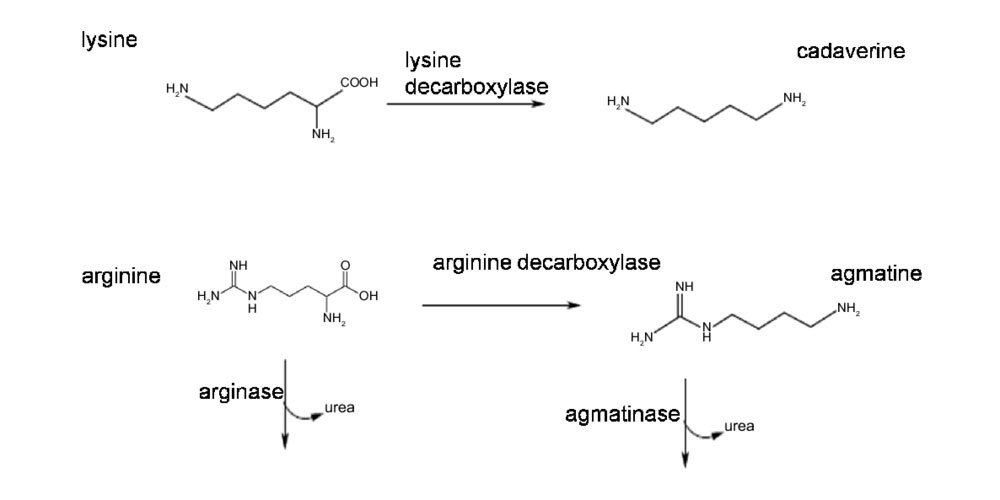Given the amount of wine competitions and people touting themselves as “professional wine judges” these days, it may seem to the general public that setting up such an endeavor takes little more than coming up with an entry price for wineries, tossing out a net to get some of these “expert judges”, and then everything else falls into place. And yes, this is exactly how it works… if you want to create a shitty little competition that no one takes seriously. But if actually wanting to do things seriously, the International Organisation of Vine and Wine (OIV) created a list of core non-binding standards back in 1994 that you can start to work with in order to create a proper and ideally, internationally-recognized wine competition.
It’s a 19-page document you can read here which was apparently last updated in July, 2009. All manner of items are covered within it and I know that many wine people take exception with some aspect or another. For instance, the scoring method has always driven me a bit crazy personally, but I adapt what I use personally to the competition at hand to make it work if said competition is set within the OIV bounds. But overall, this is a good set of guidelines for competitions across the board wanting to adhere to internationally-recognized standards.
The next time these guidelines come up for review, I’d like to offer a suggestion to add within the section about creating a judging a panel. In the link above, this is Article 7: Designation of Jurors. This article states, among other things, that it’s appropriate “to respect a great geographic dispersion in the origin of the jurors” and that “each jury shall be composed of 7 jurors, of which a maximum of three nationals may be from the organising country. In any case, the number of jurors can not be less than 5 of which a maximum of two nationals from the organising country”.
There are admittedly some aspects of Article 7 that are often not rigorously referenced such as “All the jurors shall have tasting technique skills and the majority of jurors shall be oenologists or persons with an equivalent diploma in the field of wine or spirituous beverages of vitivinicultural origin.” I’ve tasted with a good number of people with severely lacking wine training, especially in regards to wine flaws. But, it’s perhaps this item, “the number of jurors can not be less than 5 of which a maximum of two nationals from the organising country” that stands out the most for me.
There’s a great deal of emphasis put on having different viewpoints from different countries, presumably to avoid national biases and to have a balanced perspective or ideally, diversity. However, this misses a lack of balance in another more important regard: most jurors are men, and typically white. How is this still the case in 2019? These days there’s really no excuse for not including women or people of color as the wine trade has massively grown beyond the white male demographic both in terms of the drinking public as well as those in the trade and slowly but surely, those making the fine elixir. Even at the very respected competitions I’ve judged at, at most 1/3 of the jurors are women and other, smaller competitions have a great deal less.
You might think this is irrelevant, but when striving for a balanced set of palates, diversity goes well beyond what it says on your passport. Call me crazy, but I think that overlooking over half the world’s population is not only offensive but also bad business. At a personal level I’ve often learned the most from my female co-tasters or chairs. There numerous scientific articles to back this us, showing that men and women do taste wines differently, often with women tasting them with more precision. This shouldn’t come as a surprise from an evolutionary perspective, seeing how our species started becoming more advanced as hunting and gathering societies. It didn’t matter if a man had a refined sense of taste and smell as long as he could spear a bison. If a woman, who was gathering and eventually cultivating various roots, fungi, and vegetables had lessor abilities and picked something toxic, it would wipe out the entire family.
Beyond the quite important practical side, there’s just the fact that tasting in any group dominated by just one demographic or another is a flat-out bad idea, which is why OIV stipulates that no nationality can dominate. However, I’ve tasted in groups that were only men (from multiple nationalities) to find that discussions can sail off topic and right into the deep waters of bad taste quite quickly.
When judging in a largely white male group, I’ve been surprised to hear sexist or casually racist jokes that a guy would never say if a woman or person of color was present as they assumed that because I’m a fellow white male we’re in some sort of unspoken agreement. Let me say that I’m not and I’ve finally gotten to the point where this kind of bullshit needs to be called out because it’s a distraction and only accomplishes to exclude other viewpoints that are ultimately important in the highly-subjective world of wine.
While there is no silver bullet to ingrained, institutional issues, this stupidity could be better approached by initiating a single amendment to the OIV wine juror guidelines which is: “Male or female jurors must comprise at least 40% of the juror totals of each panel. Panels should always strive to represent the greatest diversity possible.” This means that in a group of five, there would be at least two women, a group of seven would see three. The key is that there’s not one woman in a group of men as stupidity can still rein supreme, but with two or more, then you actually achieve some balance. I realize that these are initially surface gestures but with time, it lessens the influence of the most stagnant group in wine: middle-aged white men. I know much about this group as well, as I can’t pretend to be anything else but one of them, even verified by a DNA profile.
We’ve honestly reached an age where this shouldn’t even have to be discussed let alone enforced in any regard, but apparently it does. Also my fellow white men, if you think that keeping the jurors at wine competitions a “dude heavy” boy’s club, you clearly don’t see that at some point, this OIV juror amendment might very well play in your favor and allow men to continue in a field where all signs point to there being more women than men one day in the not distant future based on merit and abilities.
You’re reading a free article on Hudin.com.
Please consider subscribing to support independent journalism and get access to regional wine reports as well as insider information on the wine world.




amen!